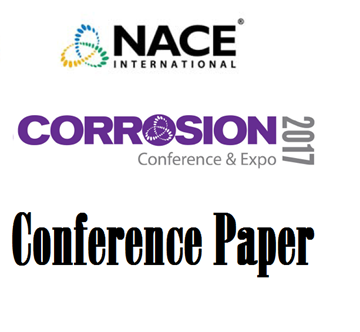Search
Products tagged with 'methanogens'
View as
Sort by
Display
per page
51316-7194-Monitoring and Risk Assessment of Microbiological Influenced Corrosion in Offshore Pipelines
Product Number:
51316-7194-SG
ISBN:
7194 2016 CP
Publication Date:
2016
$20.00
51317--9604-Mitigation of Severe Pitting Corrosion Caused by MIC in a CDC Biofilm Reactor
Product Number:
51317--9604-SG
ISBN:
9604 2017 CP
Publication Date:
2017
$20.00
51318-11103-A combination of qPCR RT-qPCR and NGS provides a new tool for assessment of MIC risk in pipelines
Product Number:
51318-11103-SG
Publication Date:
2018
$20.00
Biocide Evaluation And Optimization For PW Pipelines By Testing On System-Specific High-Risk Microorganism
Product Number:
51321-16664-SG
Publication Date:
2021
$20.00
Failure of 24” Common Crude Piping and Formation of Iron Sulfides Due to the Influence of Sulfate & Iron Reducing Bacteria and Methanogens
Product Number:
51322-17545-SG
Publication Date:
2022
$20.00
Molecular Deep Dive Into Oilfield Microbiologically Influenced Corrosion: A Detailed Case Study Of MIC Failure Analysis In An Unconventional Asset
Product Number:
51322-17948-SG
Publication Date:
2022
$20.00
Quantification of Microbiologically Influenced Corrosion in Injection Water Pipelines
Product Number:
51317--9343-SG
ISBN:
9343 2017 CP
Publication Date:
2017
$20.00
Upset Conditions In Anaerobic Digesters In Wastewater Treatment Plants Cause Degradation Of Protective Linings
Product Number:
51322-18235-SG
Publication Date:
2022
$20.00








